Privateer is creating the data infrastructure that will enable sustainable growth for the new space economy.
“Our proprietary knowledge graph technology offers much-needed enhancements to how we collect and process information about space objects. Even as orbital highways become more congested, this data and the applications built on it will allow space operators to maneuver safely and effectively”, it is said in Privateer’s mission statement.
In Privateer, Woz is joined by Alex Fielding, cofounder and CEO of Ripcord, who will serve as the CEO of the new venture, and Doctor Moriba Jah, an orbital mechanics professor who has dedicated most of his life to academia and attempting to raise awareness about the ever-growing threat posed by the proliferation of debris and garbage in outer space.
Doctor Jah has is stil an associtate professor and has led research at the University of Texas concerning the topic of space junk and also appeared in front of Congress to raise awareness about the looming threat of debries orbiting around the Earth.
Acording to Privateer, 27,000+ pieces of human-made objects are currently being tracked as they orbit the Earth, but that number only includes objects larger than a softball.
Also, more than 24,000 satellites are set to launch in the next 10 years. While this represents great progress for the space economy and human space exploration, it also brings significant risks and challenges.
The ever-looming risk is that collisions between objects in space can set off disastrous chain reactions, spawning dangerous clouds of debris. Too much junk in one orbital field can render it useless. And too much junk around Earth could lead to a day when launching a rocket to orbit is simply too dangerous.
The software attempts to take all of the available data about debris in space — collected from ground radars, and eventually, Privateer's own satellites — and synthesize it into the world's clearest picture of where things are in orbit.
 Oana Coșman
Oana Coșman
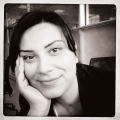






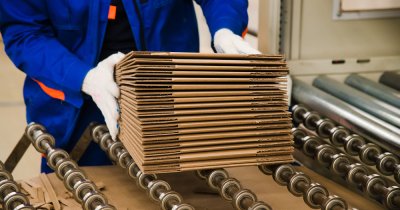
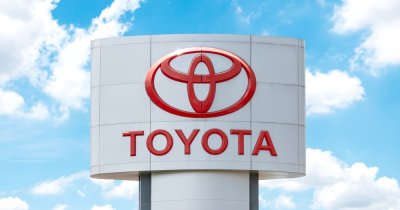

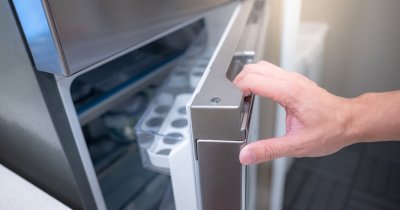
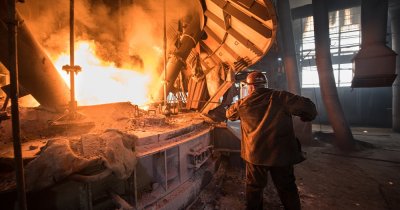
Any thoughts?